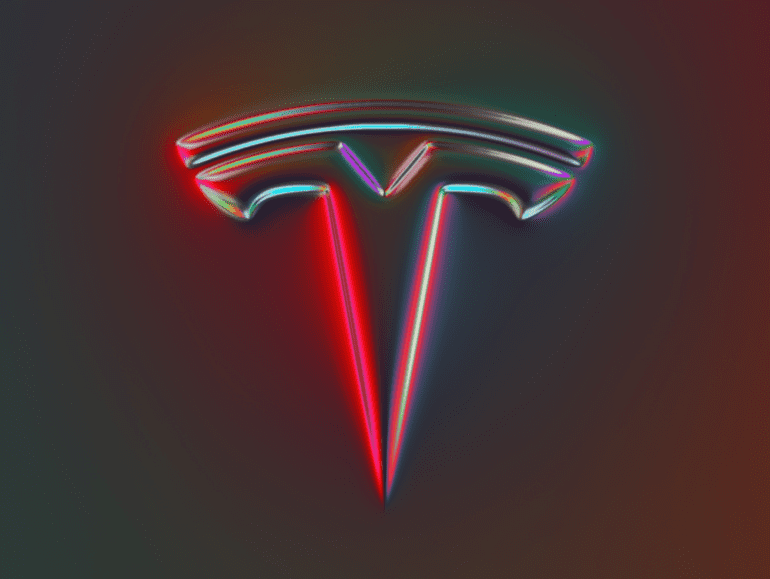TL;DR:
- Tesla maintains its $184 million Bitcoin holdings, showing no activity in Q3.
- The company doubles its computing capacity, emphasizing AI development.
- Q3 revenues reached $23.35 billion, missing Wall Street’s estimate of $24.38 billion.
- Reported earnings per share (EPS) of $0.66 fall short of Zack’s $0.72 EPS estimate.
- Operating expenses rose by over 13%, with R&D expenses surging 58% due to investments in projects like the Cybertruck and AI.
- Tesla shares declined 4.8% during the trading day and a further 4.25% in after-hours trading.
Main AI News:
In the latest quarterly report unveiled on October 18, 2023, Tesla has once again retained its substantial Bitcoin holdings, marking the fifth consecutive quarter without any alterations. As of September 30, the company continued to hold digital assets valued at $184 million, a fraction of the $1.5 billion investment made in Bitcoin back in March 2021.
This steadfast commitment to Bitcoin follows a significant sell-off in the second quarter of 2022 when Tesla divested approximately 75% of its Bitcoin holdings, netting a staggering $936 million from the sale of over 30,000 BTC. However, the third quarter of 2023 shows no activity in the Bitcoin market from Tesla.
While Bitcoin remains untouched, Tesla has redirected its financial resources towards bolstering its computational capabilities, particularly in the realm of artificial intelligence (AI). The company has reported a substantial increase in its computing power, with the size of its infrastructure more than doubling compared to the second quarter.
This strategic move is attributed to the expanding training data sets required for AI projects and a pivotal shift in the training process for the humanoid robot Optimus. Instead of relying on coded software, Tesla has transitioned Optimus to AI-based training, signifying the company’s dedication to advancing its AI endeavors.
Elon Musk, Tesla’s visionary leader, stated, “We have commissioned one of the world’s largest supercomputers to accelerate the pace of our AI development, with compute capacity more than doubling compared to Q2.”
However, Tesla’s financial performance in the third quarter did not fully align with Wall Street expectations. Although the company reported total revenues of $23.35 billion, reflecting a notable 9% increase from the previous year, it fell short of the $24.38 billion estimate provided by Zacks Investment Research.
Similarly, Tesla failed to meet projected profit figures, with reported earnings per share (EPS) of $0.66, falling short of Zack’s estimate of $0.72 EPS. Operating expenses for the third quarter exceeded expectations, reaching $2.41 billion—an increase of over 13% compared to the previous quarter and a significant 42.5% jump from the same period the prior year.
Tesla’s research and development expenses also surged during the quarter, amounting to $1.16 billion—a remarkable 58% increase from the previous year. These heightened expenses are attributed to the company’s ongoing investments in projects such as the Cybertruck, AI development, and various other research and development initiatives.
In response to the financial results, Tesla shares experienced a decline of nearly 4.8% during the day’s trading, closing at $242.68. The downward trend persisted in after-hours trading, with shares falling by an additional 4.25% to $232.37, according to Google Finance data.
Conclusion:
Tesla’s unwavering commitment to its Bitcoin holdings and substantial investments in AI infrastructure indicates a long-term strategic focus on both cryptocurrency and technological innovation. The Q3 financial results suggest that despite challenges, Tesla remains a key player in the electric vehicle market, with its AI-driven initiatives poised to shape its future growth.

